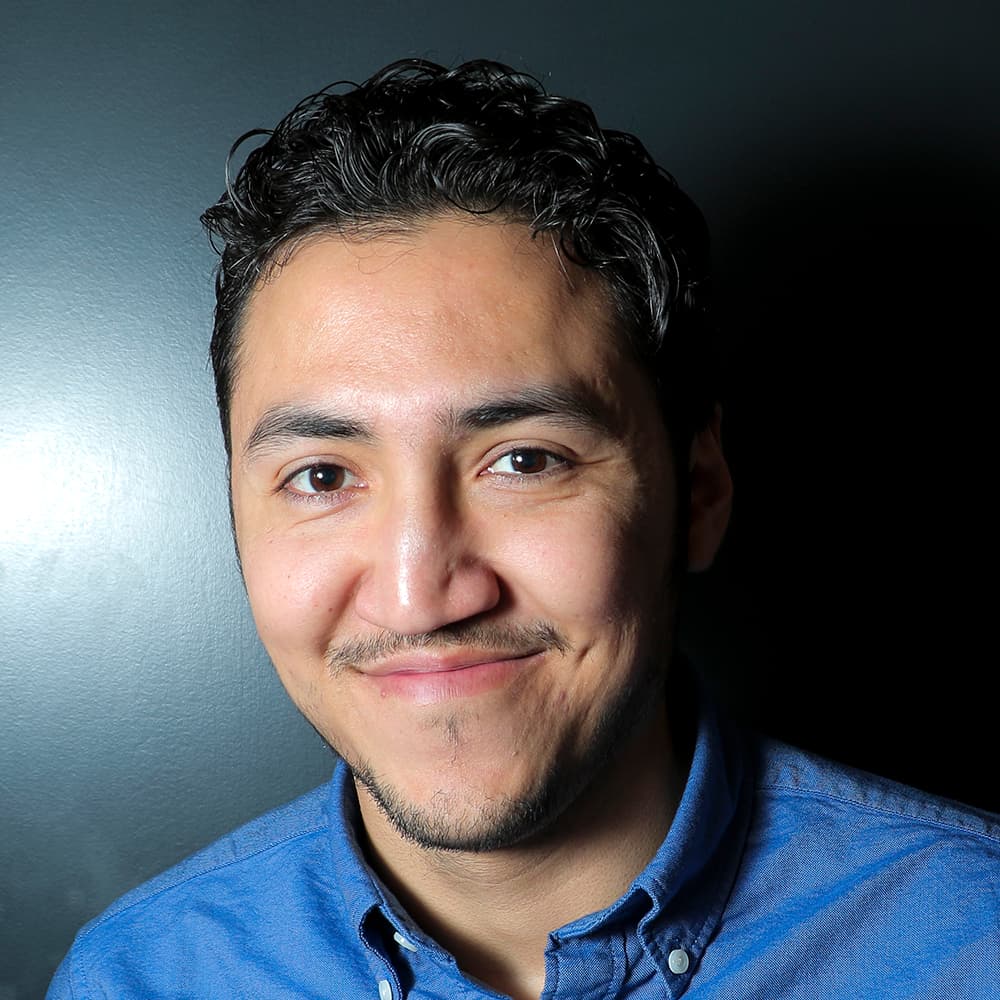It's common knowledge at this point: When it comes to municipal elections, voter turnout tends to fall way below the figures from general elections.
That's true in Denver where the difference between a general election turnout and a municipal election turnout can be as different as 50 percentage points. It's what happened during the 2015 municipal general elections, which had 28.99 percent active voter turnout. Compare that to the following year's general election (a much more highly anticipated presidential election), which had an 82.97 percent active voter turnout. For further comparison, last year's midterm elections had a 74.32 active voter turnout.
Local election turnout in May has historically been significantly lower than those in November elections. Here's the turnout in the last five municipal elections in Denver based on active voter turnout :
- 2015: 28.99 percent
- 2011: 38.31 percent
- 2007: 42.63 percent
- 2003: 46.85 percent
- 1999: 24.13 percent
Denver Elections Division spokesman Alton Dillard points out this isn't always an apples-to-apples comparison. These numbers can fluctuate, clearly pretty extremely, depending on the open seats and races. In 2015, for example, the mayoral race featured a heavily-favored incumbent in Mayor Michael Hancock.
Here's what the 2015 municipal turnout looked like:
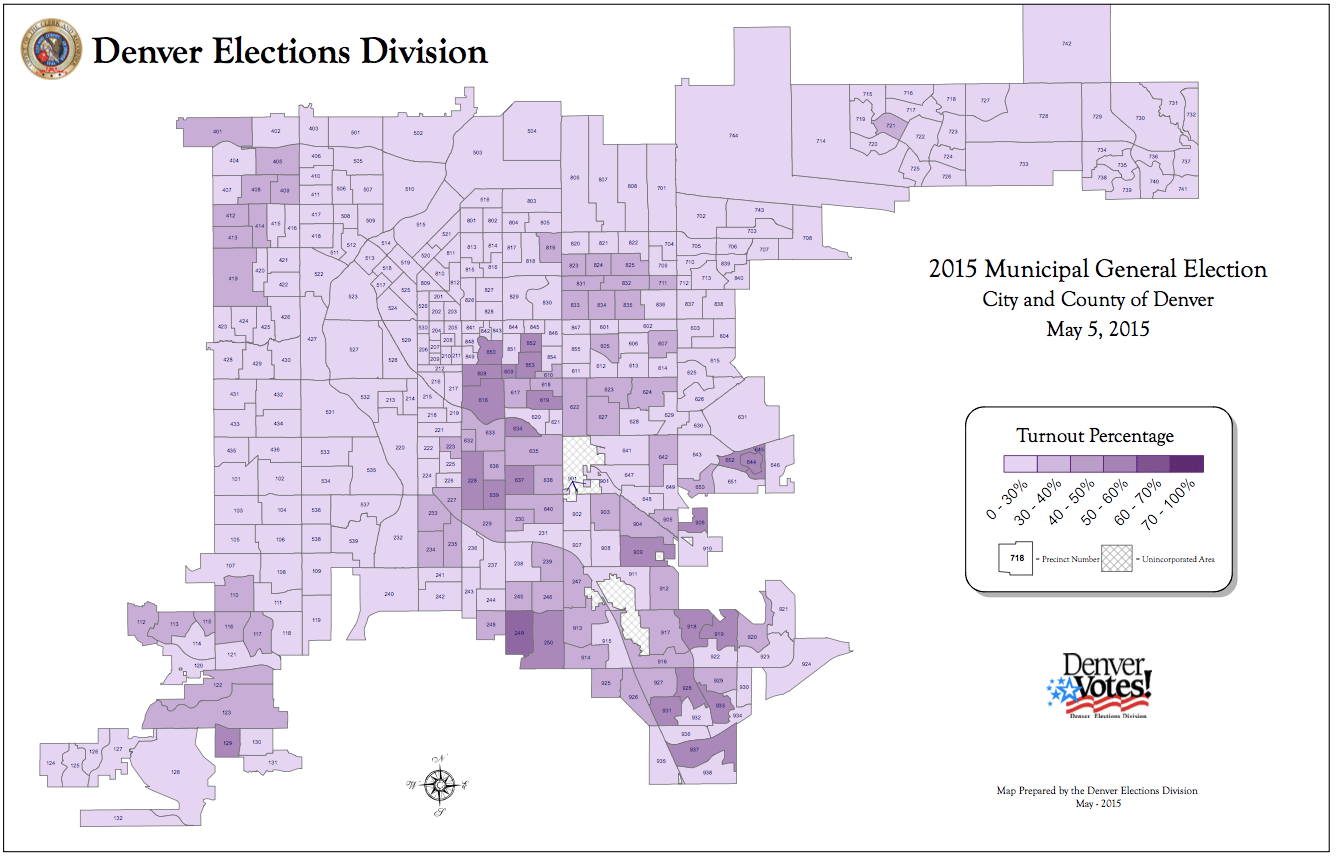
As you can see...not great. Not when you consider the high turnout during last year's midterms.
We're just over two months away from the May 7 municipal election. This year's municipal election features several challengers for Hancock, who is seeking his third term after first being elected in 2011, while the Clerk and Recorder's office is open as well. It will feature two City Council seats without an incumbent running for reelection: District 1 Councilman Rafael Espinoza and District 3 Councilman Paul Lopez. Espinoza dropped his bid, while Lopez is term-limited and is running city clerk.
If not everyone votes, who does vote, and where?
These are the folks who are ultimately deciding the city's next mayor, clerk, auditor and council members. Looking at turnout data from the past three municipal elections (in 2007, 2011 and 2015) showed us which areas in Denver like to vote in the municipal election.
Some notes: We used the mayoral race turnout figures for 2011 and 2015 and the overall turnout figures for 2007. The city had slightly more precincts than in 2007 and 2011 than it did in 2015. Denver currently has 356 precincts. Dillard said each precinct is limited to 2,000 active registered voters.

During the 2015 election, most of the 10 precincts with the highest voter turnout came from District 4, 5 or 10, with District 2 and 6 each with one precinct apiece (three districts tied for 10th place, with 44 percent voter turnout). Precinct 249 in District 4 (in Wellshire) had 54 percent voter turnout; it was the only one in the city to break 50 percent.
There were similar results from the 2007 and 2011 elections, which saw precincts in District 4 and 5 with the highest overall turnouts, with District 8 having a good turnout in 2011 as well. Precincts within Districts 4 and 5 had turnouts ranging from 61 to 67 percent during the 2007 election, and similar turnout in 2011.
District 4 is a bit of a mixed bag when it comes to household income (and we'll get into why that matters). It includes neighborhoods like Wellshire, which has a median household income of $98,329, Kennedy, which has a $30,378 median household income, and Goldsmith, where the median is $40,058, according to the 2017 Denveright community profile. District 5 includes one of the wealthiest neighborhoods in Denver, Hilltop (median household income: $116,850), in addition to neighborhoods like Hale ($54,652), Montclair ($81,487) and Lowry ($70,948).
And there is one area, in District 5 in the Windsor neighborhood bordering Aurora, that has had some consistently high turnout over the past three municipal elections. While the number of precincts there changed between 2011 and 2015 (meaning there were more voters per precinct there), it still managed pretty good turnout figures.
George E. Mayl, president of the local RNO representing Windsor, thinks it has something to do with Windsor Gardens. The 50 and over community has more than 3,000 residents, with a large population of retirees.
"They're politically attuned," Mayl said.
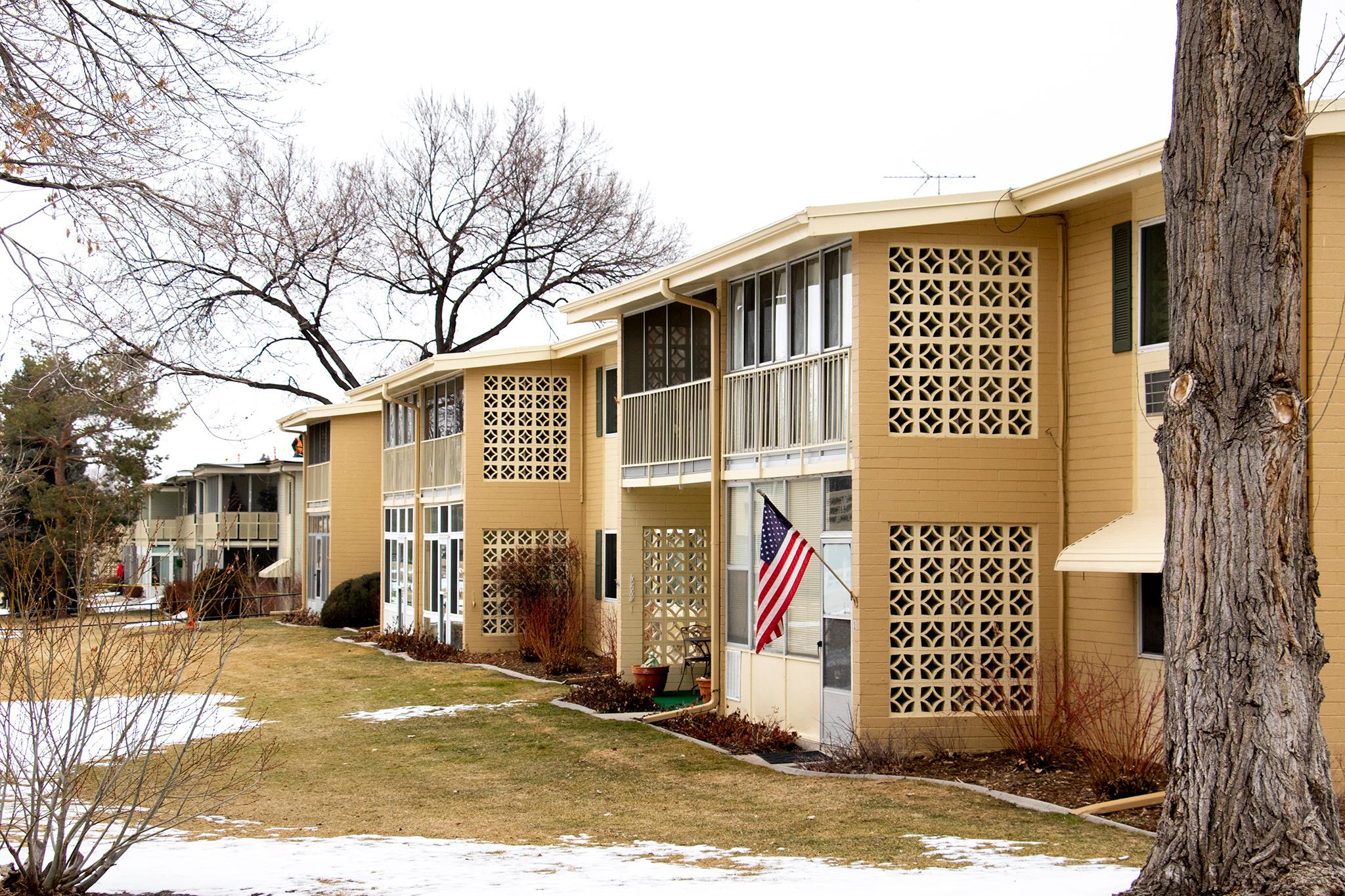

For Phil Wampler, who was having a late afternoon beer at the Blossoms Restaurant bar at the Windsor Gardens community center, that sounds about right for him and his neighbors.
"My sense is that there are a lot of people who vote," he said. "Most of them, I think, are Democrats."
Wampler is a Republican, and he added political discourse in the neighborhood is pretty civil.
Does the proximity to ballot boxes and voting centers make a difference?
Former District 3 City Councilwoman and City Clerk and Recorder Rosemary Rodriguez doesn't think so. After serving one term as clerk and recorder, she left to work in Washington with the Election Assistance Commission. While access to voting centers can be "a huge factor" in turnout in other parts of the state, generally speaking, Rodriguez said this isn't the case in Denver.
"Denver's worked really hard on that," Rodriguez said.

A look at Denver's turnout for last year's midterms and the 2016 presidential election suggests this is mostly true (and worth noting Colorado had the second-highest voter turnout in the nation last year). The city will have 28 ballot boxes (opened 24 hours a day) scattered throughout the city and seven voting centers available during the municipal elections, as well as a mobile voting center. A majority of residents drop their ballots off, according to Dillard.
So why don't people vote in municipal elections?
Metropolitan State University of Denver political science professor Robert R. Preuhs said wealthier people and those from predominately white districts tend to have the highest turnout rate.
Preuhs said it's typically a subset of the same hardcore lefties or righties who participate in primaries that end up voting in municipal elections.

It doesn't help that Denver municipal elections are held in off-years for general elections (and, as some folks will also point out, that they're held in May). Even so, Preuhs said most voters are focused on big national or statewide issues rather than stuff happening in their backyard.
And that's a problem, at least to him, since he thinks solving neighborhood problems is one of the reasons people should participate in local elections.
"Local government tends to have an effect on their daily lives that are more immediate than the issues that are discussed at the national level," Preuhs said. In Denver it includes concerns like growth (both in population and development), policing, crime and transportation. "Those are the bread and butter issues that people experience, but (voters) don't make the connection about those issues, how they're decided and the candidates that are running."
Historically, low turnout benefits incumbents. That's basically what happened in 2015 when Hancock easily wiped out the competition and turnout wasn't great. Preuhs said this is typically due to people who are "just used to the name."
"Those folks will turn out and vote as they did previously," Preuhs said.
During the 2015 elections, precincts in District 3 and 9 had among the lowest percentage of voter turnouts, including six precincts registering single-digit percentage turnouts. These two districts also happen to house some of the poorest areas in the city. District 3 is home to one of the poorest neighborhoods in the city in Sun Valley, which the 2017 Denveright report said had a median household income of just $11,036. District 9 is home to Globeville, which has a median household income of $25,281.
A closer look at the District 3 turnout for the council race shows it was the lowest in the city, at just 15 percent. Part of that may have had something to do with Lopez running unopposed.
Rodriguez said that when she ran in 2003, half of the population in the district couldn't vote because of age or citizenship status. (Of course, kids under voting age don't affect the percentage of active voters.)
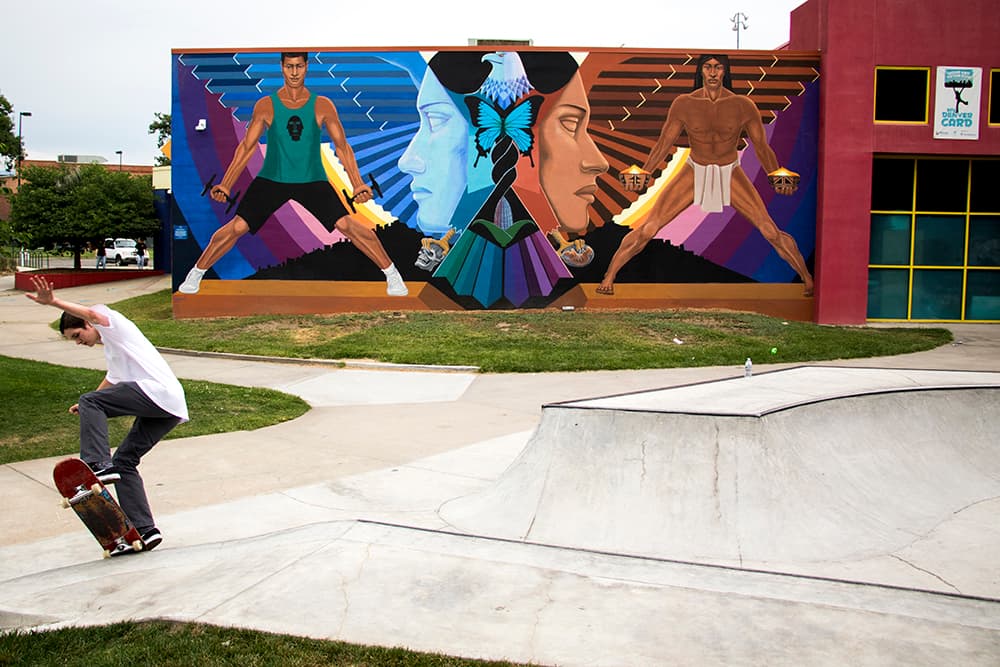
District 3 includes neighborhoods like Lincoln Park and Sun Valley, which traditionally have been predominately Latino neighborhoods. Rodriguez said the area is changing, with older residents moving in, though she maintains the area still has a relatively young population. She added it can be tricky to organize in an area that has low turnout, but that hasn't stopped the number of challengers from stacking up for the open seat.
So what does create higher turnout?
It's all about the grassroots mobilization. This is the buzz phrase you'll hear often from local candidates, but Preuhs mentioned it as well. It's pivotal in his eyes. It means knocking on doors, meeting people, kissing a few babies and attending neighborhood organization meetings.
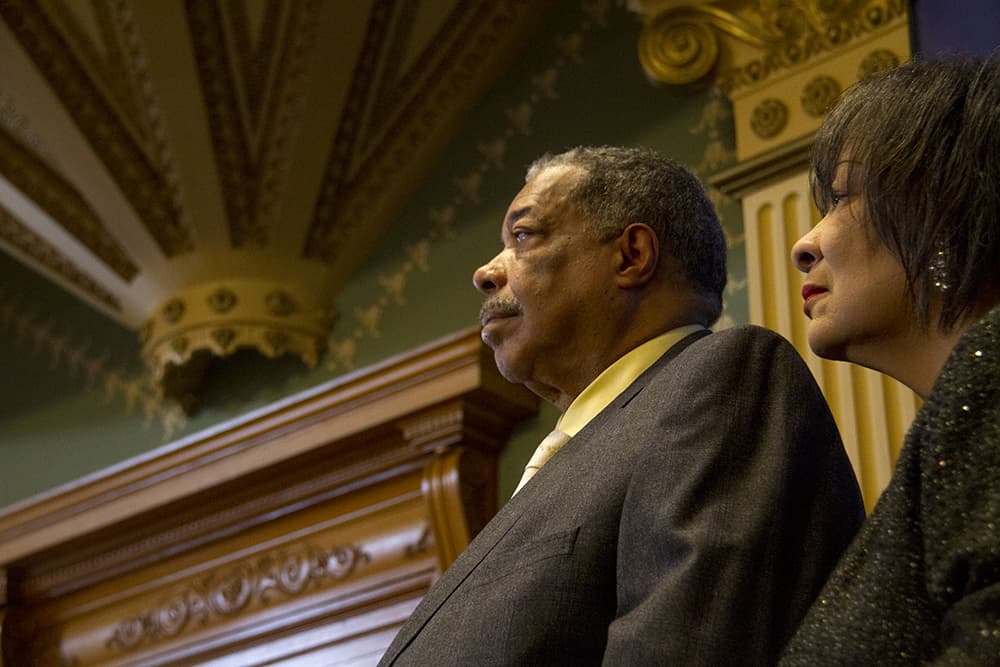
Municipal elections with the highest turnout involved candidates Preuhs said were good mobilizers. Former Mayor Wellington Webb, who famously walked around the city while running (no pun intended), and Federico Peña drew high voter turnouts and were known for their grassroots organizing. During Webb's first election in 1991, the mayor's race was open after Peña decided not to run for reelection. That election had a 77 percent active voter turnout.
"Both of those folks did a real job of knocking on doors and making sure that the mobilizing efforts were there," Preuhs said.
The 1987 election that reelected Peña drew a 56.3 percent active voter turnout, while the 1995 election that reelected Webb drew a 63.2 percent active voter turnout. Both of those initial races ended up in runoff elections with even higher voter turnouts.
Rodriguez said candidates typically talk about the number of votes they'll need to win a district, and this year, with five candidates in the district, she's hearing about a much higher number than in previous elections.
"This time, I think there's a lot of interest," Rodriguez said. "There's a lot of candidates and a lot of new people. So I think it's changing."
Mayl has been in Denver since 2004. He also thinks there's something special brewing in this year's elections.
"There are a number of qualified people running for mayor," Mayl said. "This election could change the political fabric of Denver."
